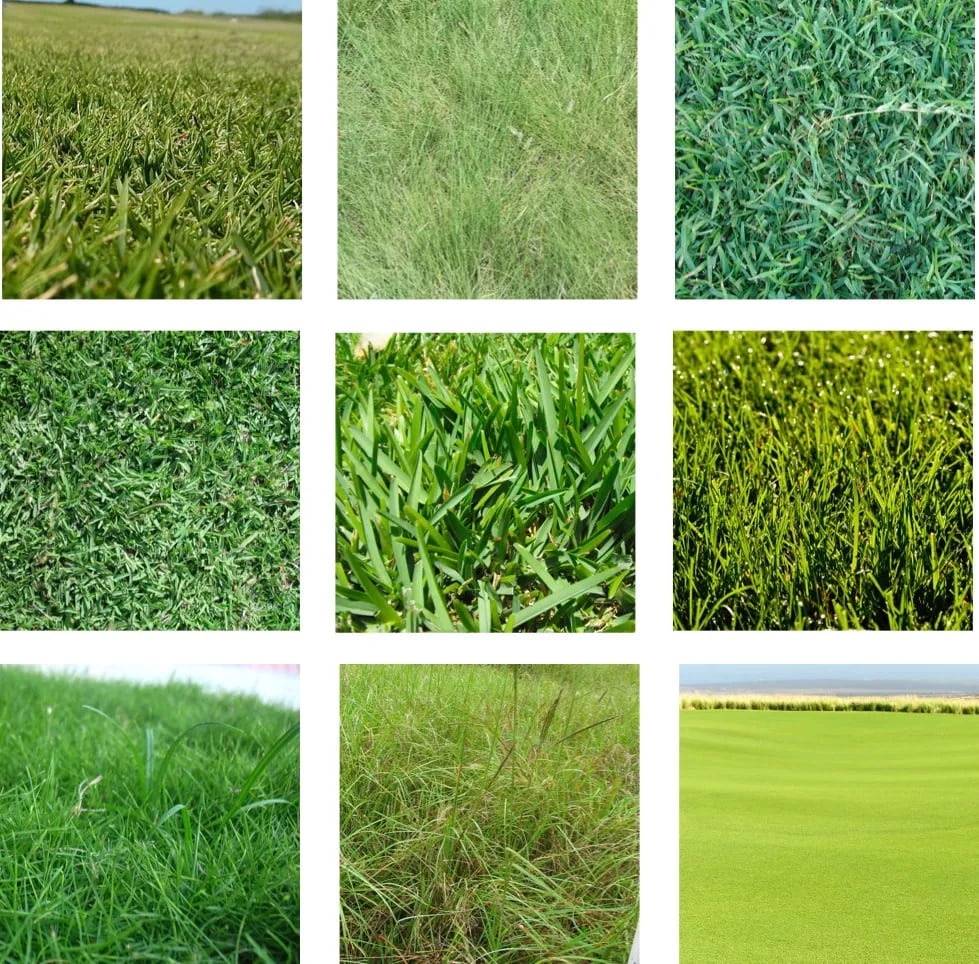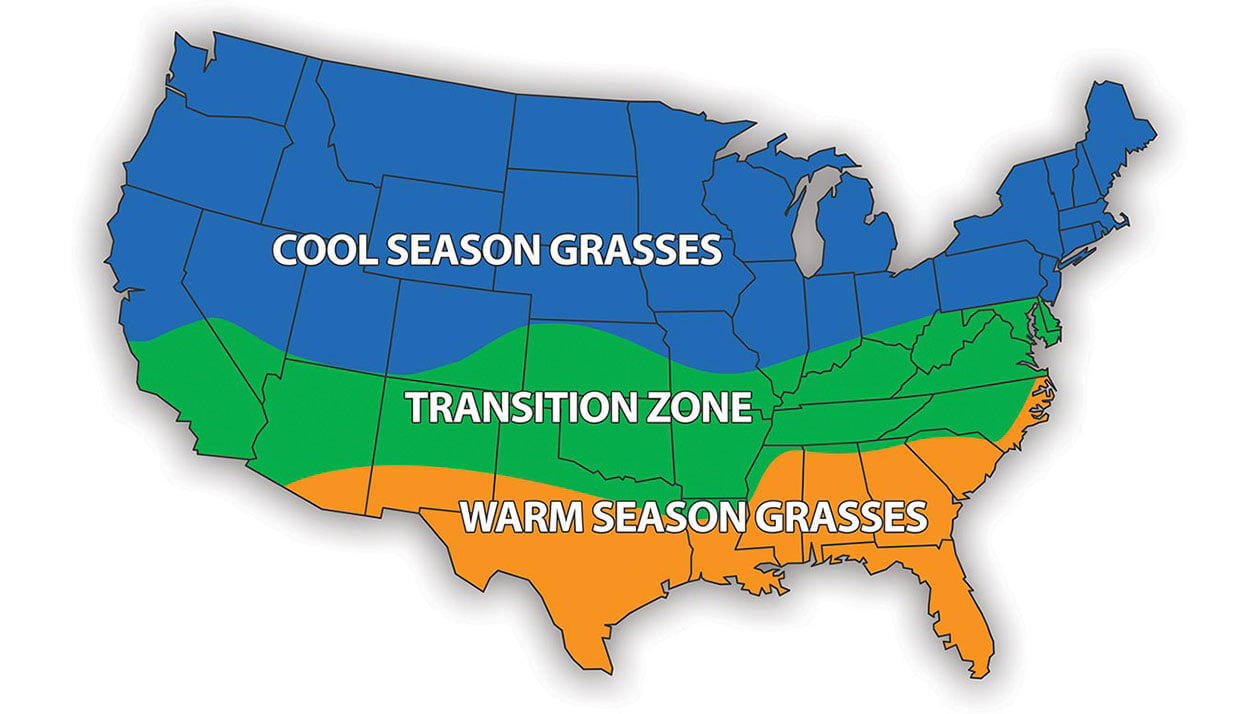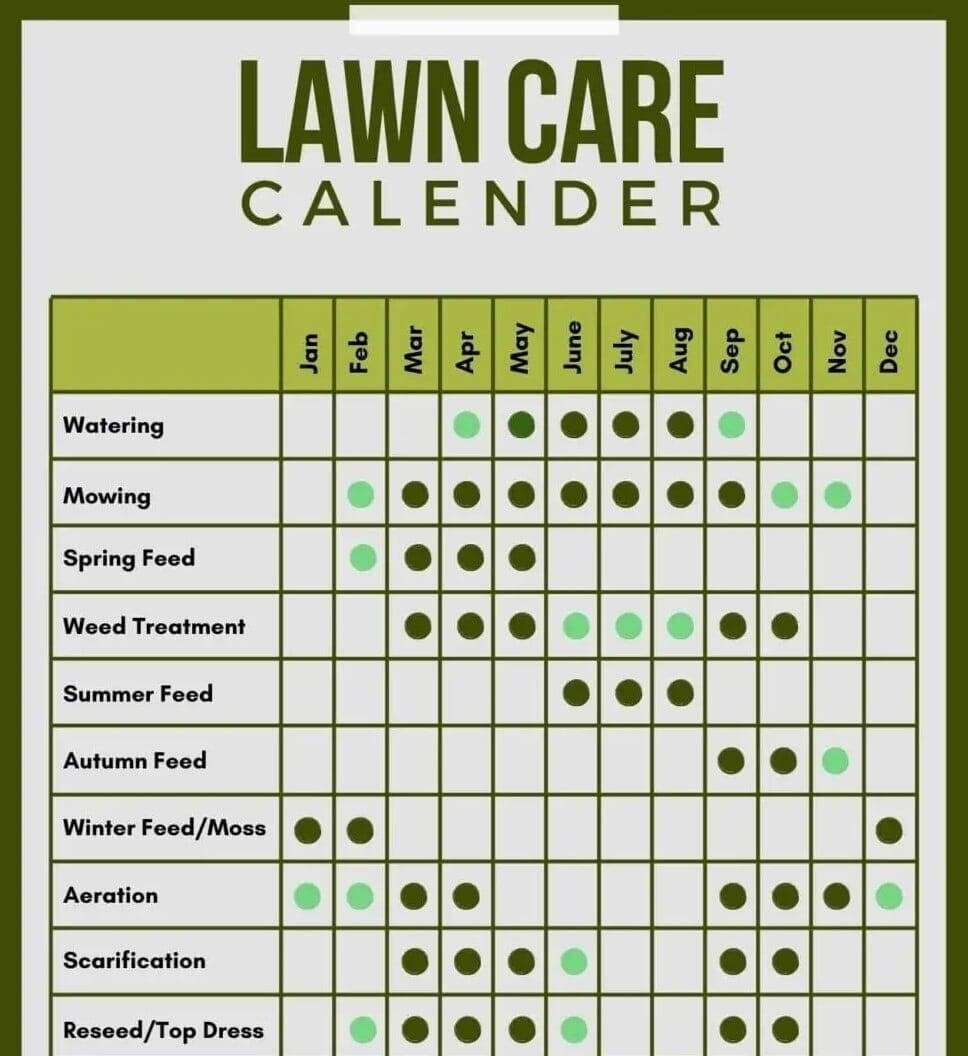
Discover the Perfect Sod for Every Lawn: A Guide to Choosing the Right Grass
There are several types of sod, each tailored to different climates, soil conditions, and purposes. Common varieties include Bermuda, Zoysia, St. Augustine, and Kentucky Bluegrass. Bermuda grass is a warm-season grass celebrated for its durability and ability to withstand heavy foot traffic, making it ideal for sports fields and high-use areas. Zoysia grass, another warm-season type, is valued for its dense growth and low maintenance, making it a popular choice for residential lawns. St. Augustine grass thrives in warm, humid climates and is favored in coastal regions for its lush, broad blades and shade tolerance. Kentucky Bluegrass, a cool-season grass, is known for its rich color and soft texture, making it a top choice for lawns and parks in cooler climates. Each sod type offers unique benefits, enabling homeowners and landscapers to select the best option for their specific needs and regional conditions.

Achieve a Lush, Thriving Lawn: The Essential Guide to Perfect Soil Preparation for Sod Installation
Proper soil preparation is the foundation for successful sod installation, ensuring your lawn thrives and looks its best. This process begins with testing the soil to determine its pH level and nutrient content, followed by necessary amendments to create an optimal growing environment. Aerating the soil improves its structure and drainage, while removing debris and existing vegetation eliminates potential obstacles for the new sod. Enriching the soil with organic matter enhances fertility, promoting robust root development. By meticulously preparing the soil, you prevent common issues like compaction and poor water infiltration, setting the stage for a healthy, vibrant lawn that flourishes year-round.

Keep Your Lawn Pristine: Understanding Sod Maintenance Needs
Each type of sod brings its own set of maintenance requirements that are crucial to consider before installation. Understanding these needs ensures your lawn remains healthy and attractive over time. Key factors include mowing frequency, fertilization schedules, pest control, and aeration. For instance, Bermuda grass requires frequent mowing and regular fertilization to maintain its dense growth, while Zoysia grass demands less frequent mowing but careful attention to prevent thatch buildup. By assessing the maintenance commitment for each sod type, homeowners and landscapers can select a grass that aligns with their capabilities and resources, resulting in a well-maintained, pristine lawn that enhances the property’s aesthetic appeal.
